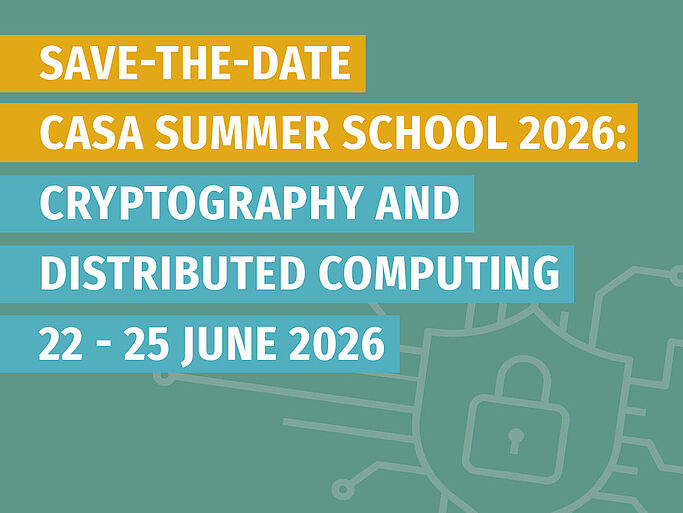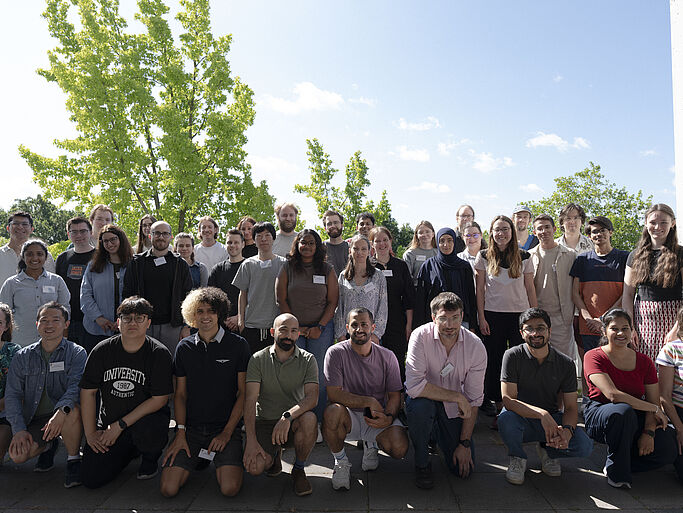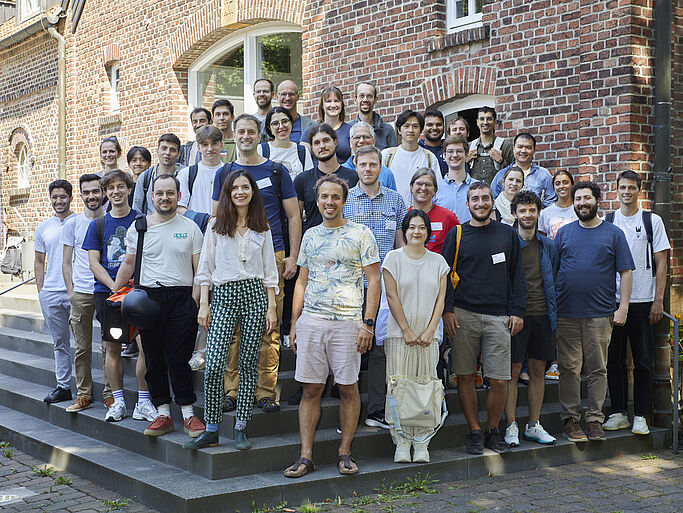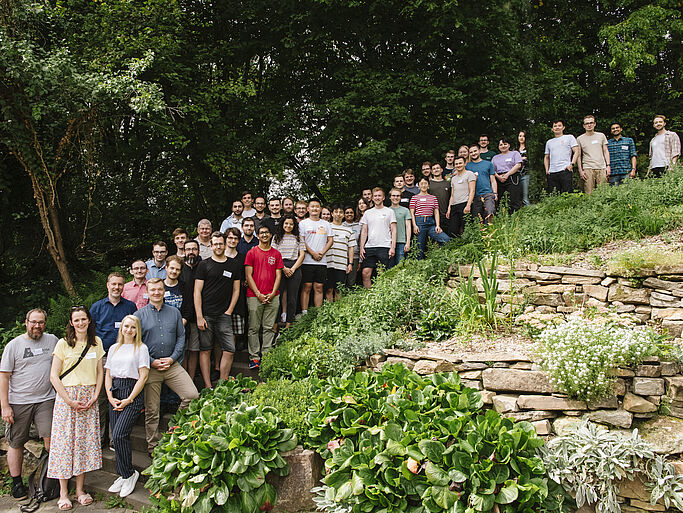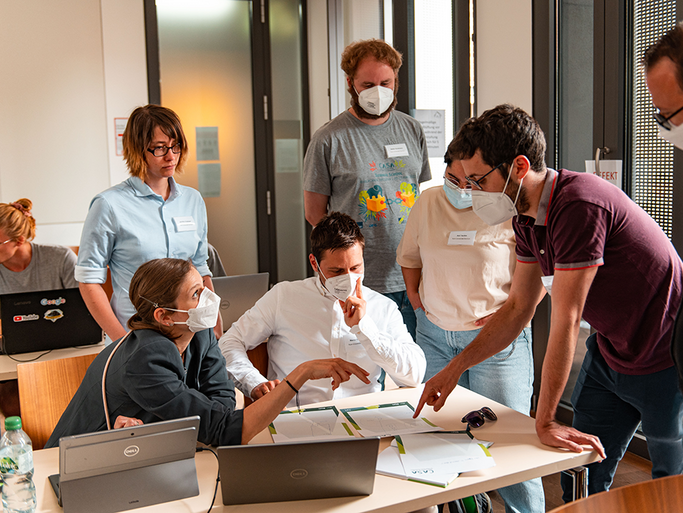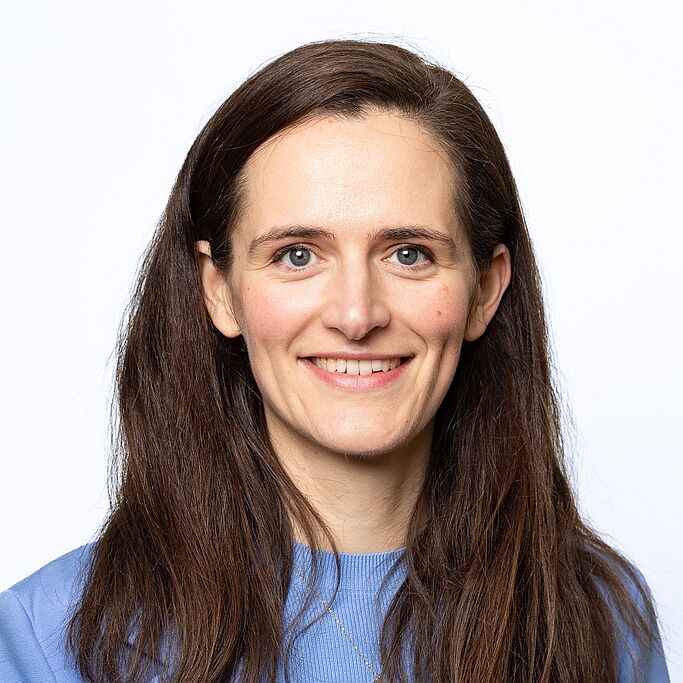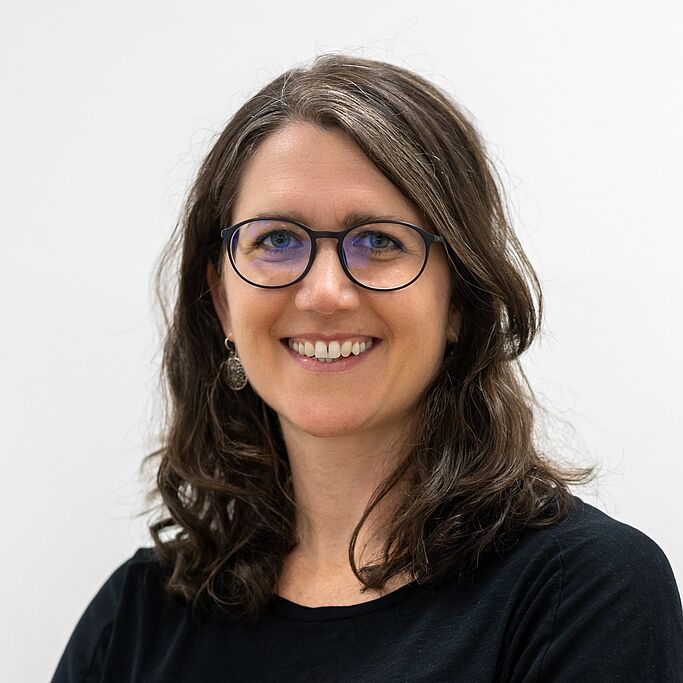Join us for the CASA Summer School 2026 at Ruhr-Universität Bochum (Germany) on Cryptography and Distributed Computing from June 22 to 25, 2026.
We are living in the era of large-scale distributed systems where terms such as blockchains, the internet of things, and wide-scale networks have become ubiquitous. It is therefore critical to understand the behaviour of distributed algorithms and cryptography that do not run on a single centralised node but rather are run by many nodes collaboratively. In this summer school, we explore the basics as well as cutting-edge developments in this space that have contributed to a wide-spread adoption of distributed systems in recent years.
Confirmed speakers:
Who Can Participate?
The summer school is open to:
- Master's students
- PhD students
- Postdoctoral researchers
- Advanced bachelor's students close to graduation
Program Highlights
- Invited talks and discussions
- Detailed sessions led by renowned researchers in the field
- Networking and social activities to encourage collaboration and research exchange
Location
The Summer School takes place at the Veranstaltungszentrum, located on the campus of the Ruhr-Universität Bochum:
Veranstaltungzentrum, Level 04, Room 2a
Universitätsstraße 150
44801 Bochum
How to apply?
Registration opens in February 2026.


